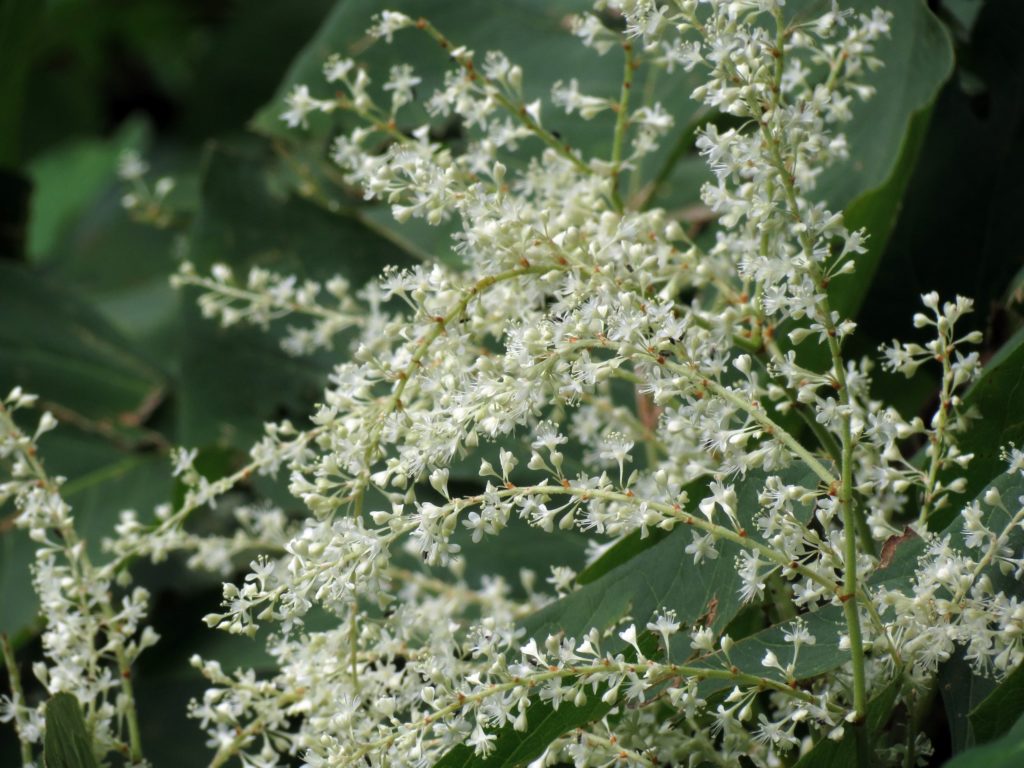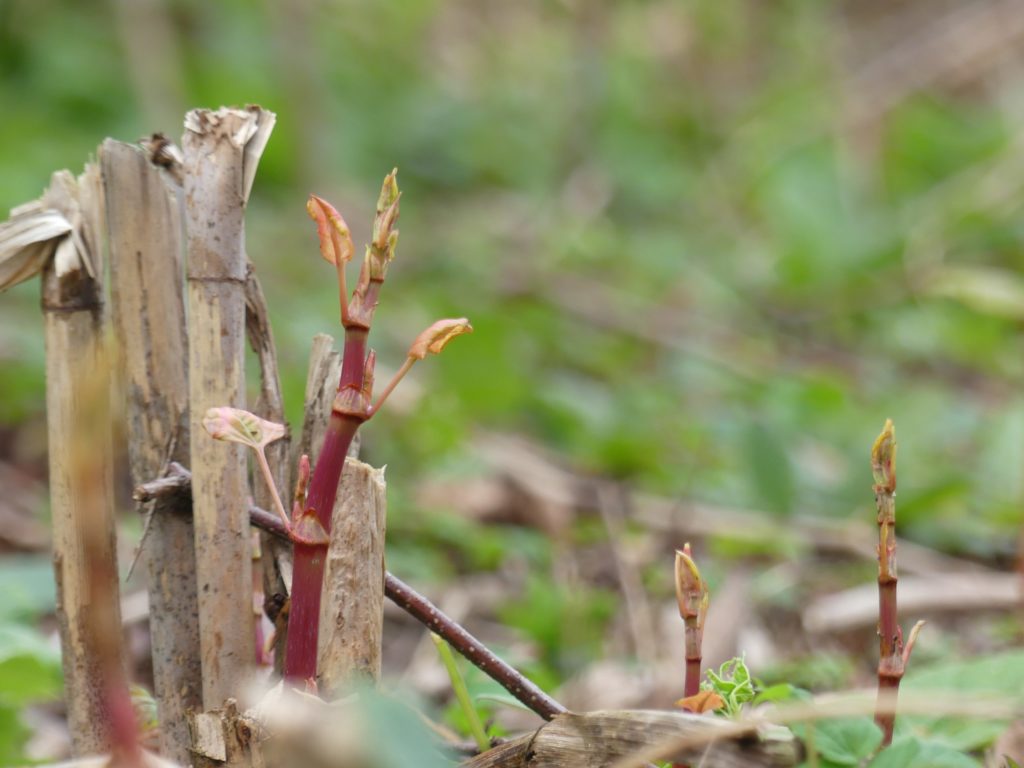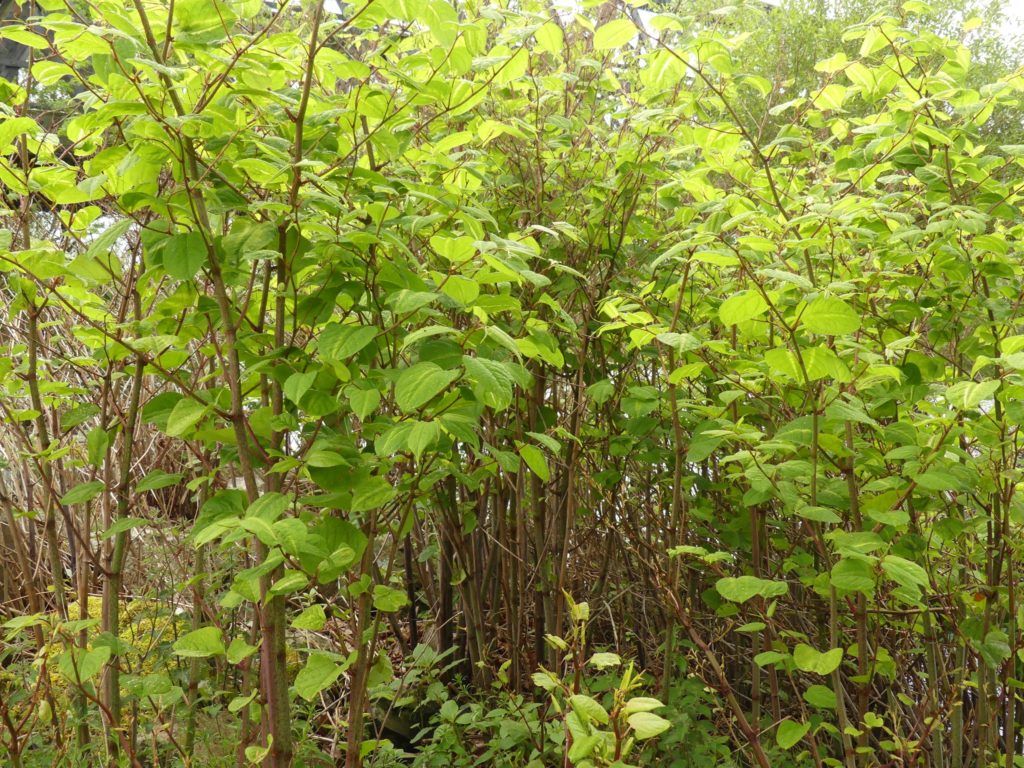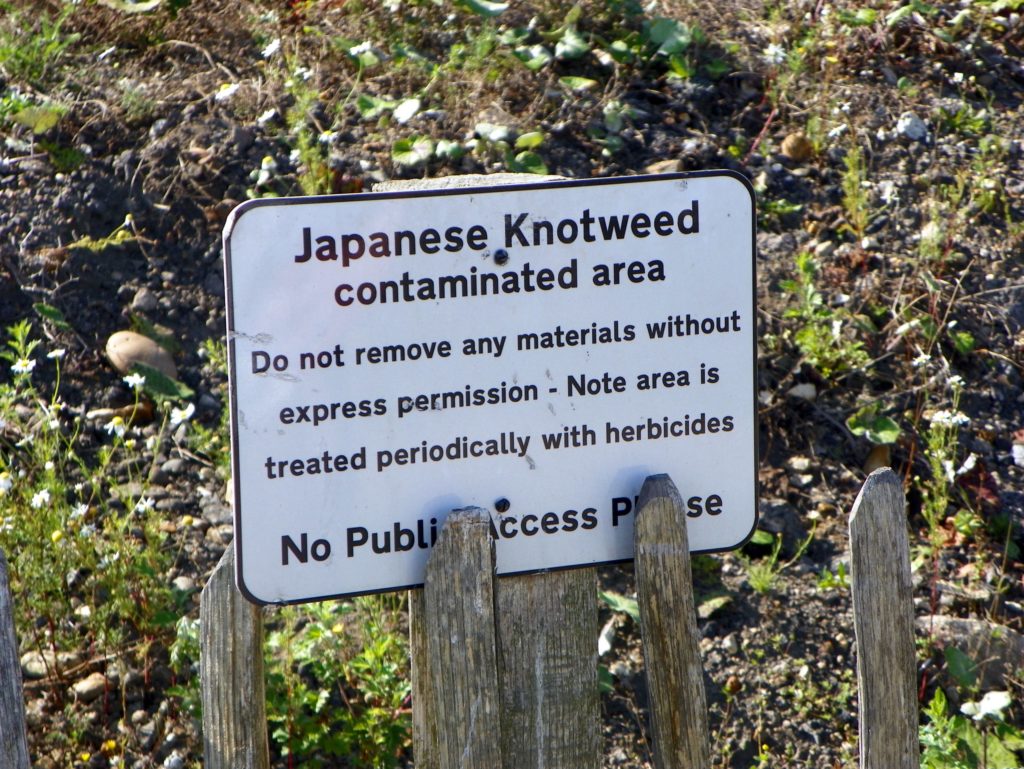Invasive species in London
Lyndsey Cox, GiGL Community Manager

A non-native species is classed as any that didn’t naturally occur before people first arrived in the UK. Non-natives are prevalent in London and the UK as a whole, where they are often naturalised and provide an important function within local ecosystems. They are generally not a cause for concern and can often be a celebrated part of life.
However, the increasing mobility of species due to human activity has brought many into ecosystems that have developed without the natural checks that limit their numbers or growth. This allows some species to increase in population size until they cause damage to the local ecosystem, impact on human health or result in a cost to the economy. These are the species which are classed as invasive non-natives.
It’s worth noting that any species native to one country or area, including the UK, could become a problem in another and behave in an invasive way.
According to a report titled “The economic cost of invasive non-native species on Great Britain” released by CABI in 2010, Invasive non-native species (INNS) are one of the largest threats to global biodiversity after habitat loss and destruction. They cost the British economy an estimated £1.7 billion annually through direct damage, health implications, the impact on ecosystem services and the cost of control.
Uniquely, the highly urbanised nature of London and the anticipated impacts of climate change are likely to exacerbate the effects of invasive non-native species.
The London Invasive Species Initiative (LISI) was created specifically to help address these environmental and economic problems within the Greater London area. Part of the group’s achievements was to produce a London Invasive Species Plan (LISP). Based on the structure of The Invasive Non-Native Species Framework Strategy for Great Britain, published by Defra, and the Scottish and Welsh Governments, the LISP aims to provide a coordinated approach to address invasive non-native species within Greater London.
Records of species that are known to be invasive non-natives, as defined by LISI, are highlighted as such within the GiGL database and in our species lists, reports and other outputs. A list of the LISI species of concern can be downloaded here. There are currently 93,604 records of invasive non-natives in the GiGL database, across 6 categories. The majority of our records fall into Category 3 and 4:
| Category_3 | Species of high impact or concern which are widespread in London and require concerted, coordinated and extensive action to control/eradicate. 25,690 records |
| Category 4 | Species which are widespread for which eradication is not feasible but where avoiding spread to other sites may be required. 48,420 records |

Japanese knotweed (Fallopia japonica) is an invasive non-native which falls into Category 3. It is an herbaceous perennial, with tall bamboo like stems which can grow up to 3 meters tall and white flowers towards the end of summer. The roots of Japanese knotweed can grow 1m deep, making them extremely difficult to dig out, and the plant can grow through cracks in brickwork and pipework, making it an expensive problem. It is against the law to allow Japanese knotweed on your land to spread onto other people’s property or into the wild.


Identifying and Recording Japanese Knotweed with Horticulture Magazine’s National Initiative
Thomas O’Rourke, Horticulture Magazine

Japanese Knotweed is one of a number of invasive species affecting wide swathes of the UK. It is known to displace and ‘crowd out’ native vegetation with its aggressive growth and can easily spread through fragments of rhizome, which often find their way into streams and other waterways. Once established, the plant is incredibly resilient and very difficult to remove completely.
Horticulture Magazine have launched a new campaign aimed at helping people understand the scale of Japanese Knotweed cases in their local area. A new interactive map allows users to visualise live cases of Japanese Knotweed via a postcode search. It also includes guidelines on identifying the tell-tale signs of Knotweed – including the lobed green leaves, reddish shoots and distinctive white flowers which bloom in late summer.
Readers who have correctly identified Japanese Knotweed cases in their local area are encouraged to follow the guidelines on the map – with guidance on how to identify their Local Environmental Records Centre and submit their information.
This information helps environmental organisations develop management programmes to curtail the spread of this and other invasive species.

GiGL currently holds 5,613 records of Japanese knotweed from across Greater London. The earliest record in the database is from the 1950s, but it remains a huge problem nationally today.

The first step to managing and controlling these species is having an accurate picture of where they are.
If you think that you have spotted Japanese knotweed or any other invasive non-native then please report your sighting to GiGL using the online form: www.gigl.org.uk/submit-records/. You can also use the new interactive map from the Horticulture Magazine to visualise live cases of Japanese Knotweed in your area and see tips on identification.
For more information and to read the London Invasive Species Plan, visit our London Invasive Species page. The Non-Native Species Secretariat website hosts the GB wide strategy.

Personly Ithink any invasive species which is detrimental to our natural species ,and gives no assetts to british wild life, plants, shrubs ,every thing nature should be removed. one example near me is thousands of parakeets, but less tawny owls. Parakeets are now using there nest holes.